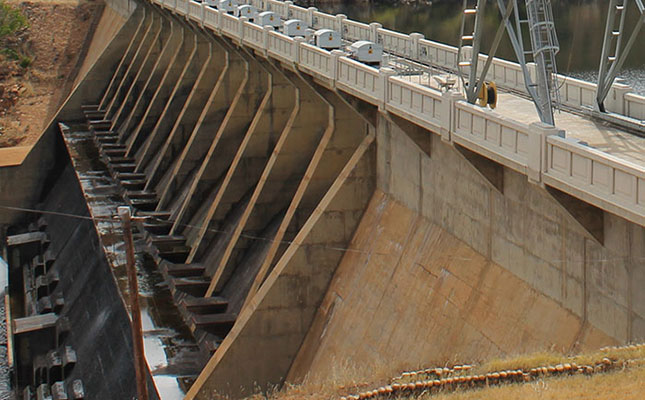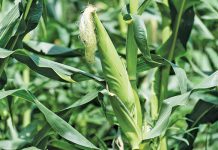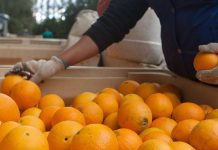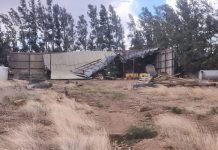
According to statistics issued by the Department of Water and Sanitation, major dams in most provinces have reached 100% capacity, while most of the dams in the Western Cape and Eastern Cape remain below 100%.
Minister of Water and Sanitation, Nomvula Mokonyane, recently announced the lifting of water restrictions in Gauteng with immediate effect. However, she said that stringent restrictions would remain in place in Western Cape, which was experiencing its worst-ever drought.
According to the department, the City of Cape Town had introduced Level 3B water restrictions to cope with the severe water shortages. However, the restrictions in the province might be reviewed later when winter rain began to fall in the region.
Dams that remained at very low levels included Middle Letaloa in Limpopo (26,3% full, compared with 25,9% this time last year), Tierpoort in the Free State – 7,6 % (0% last year), Voëlvlei in the Western Cape – 33,2% (22,9%), and Xilinxa in the Eastern Cape – 2,8% (27,5%).
Other major dams – current levels vs last year’s figures:
Limpopo 87,7% (53,9%); Olifants 69,2% (53,1%); Inkomati-Usuthu 72,3% (65,7%); Pongola-Mtamvuna 55,5%, (52,5%); Vaal Major 93,6% (56,5%); Orange 73,9% (52,7%); Mzimvubu-Tsitsikamma 63,5% (73,1%); Breede-Gouritz 29% (40,3%); Berg-Olifants 38,2% (34,3%); Lesotho 55,1% (50,5%); and Swaziland 67,4% (31,2%).
By 27 February, the overall percentage had increased to 71,6% from 54,2% this time last year.









